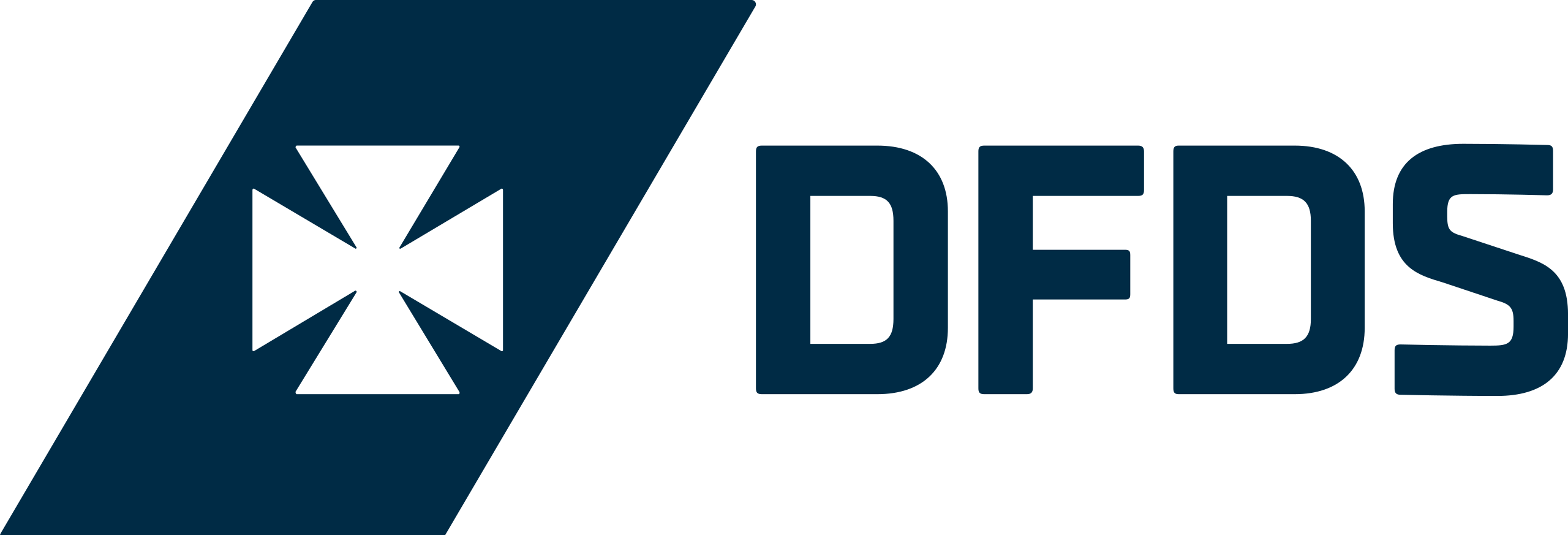
The Port of Antwerp-Bruges, the Port of Gothenburg, North Sea Port, and ferry transport provider DFDS aim to be operating two ammonia-fueled Roll-on/roll-off ferries on various routes between Sweden and Belgium by 2030.
The Port of Antwerp-Bruges, the Port of Gothenburg, North Sea Port, and ferry transport provider DFDS aim to be operating two ammonia-fueled Roll-on/roll-off ferries on various routes between Sweden and Belgium by 2030.
Azane Fuel Solutions and project partners have been awarded €8,600,000 from the Norwegian government to build its world-first green ammonia bunker terminal. The project partners span the entire value chain for ammonia as a maritime fuel, and include ECONNECT Energy, Amon Maritime, Yara and Viridis Bulk Carriers.
South Korea has featured in many Ammonia Energy news updates, but often in a scatter gun fashion that lacked the momentum of ammonia energy announcements coming from the other side of the Korea Strait. Now, South Korea is ready to step out from Japan’s shadow as a clean energy innovator and deployer in its own right. We’re seeing the beginnings of a well-articulated strategy to achieve society-wide decarbonisation in South Korea, with a starring role for clean hydrogen and clean ammonia.
Welcome to the Ammonia Wrap: a summary of all the latest announcements, news items and publications about ammonia energy. In this week's wrap: HyDeal Ambition, new marine tankers, fuel forecasts & SOFC developments, a new technical briefing on power generation, UNSW leads research in P2X, GWs of green ammonia in Denmark, Norway and Chile, green ammonia in the Orkneys, new government focus on ammonia in South Africa, and India to make green ammonia production mandatory?
This week, DNV GL published its annual Maritime Forecast to 2050, concluding that “e-ammonia, blue ammonia and bio-methanol are the most promising carbon-neutral fuels in the long run.” DNV GL’s assumptions that determine this long run, however, suggest a significant mid-term reliance on fossil LNG. This risks locking the industry into a long-term emissions trajectory incompatible with the IMO’s 2050 GHG targets, in part because of significant fuel supply and infrastructure investments. These investments could become more ‘sticky’ than expected. A host of alternative opinions have been published in the days before and after DNV GL published its report. These suggest that, for ammonia, the long run could begin this decade. Among others, MAN ES has announced that its ammonia engine will be available for retrofits by 2025.
At least four major maritime ammonia projects have been announced in the last few weeks, each of which aims to demonstrate an ammonia-fueled vessel operating at sea. In Norway, Color Fantasy, the world's largest RORO cruise liner, will pilot ammonia fuel. Across the broader Nordic region, the Global Maritime Forum has launched NoGAPS, a major consortium that aims to deploy "the world's first ammonia powered deep sea vessel" by 2025. In Japan, a new industry consortium has launched that goes beyond on-board ship technology to include "owning and operating the ships, supplying ammonia fuel and developing ammonia supply facilities." And the Ministry of Land, Infrastructure, Transport and Tourism (MLIT), which published its roadmap last month, aims to demonstrate ammonia fuel on "an actual ship from 2028" — specifically, a 80,000 dwt ammonia-fueled bulk carrier.
ANNUAL REVIEW 2019: The maritime industry is learning about ammonia fast. It is searching for a new bunker fuel, and ammonia is one of the few options that can realistically deliver a 50% reduction in the sector's GHG emissions by 2050. The IMO declared this target in April 2018 and, in last year's Annual Review, I wrote about all the reports that were published demonstrating that ammonia could deliver this outcome. In the last 12 months, by contrast, we have moved quickly beyond analysis and into engineering design, technology testing, and product development.